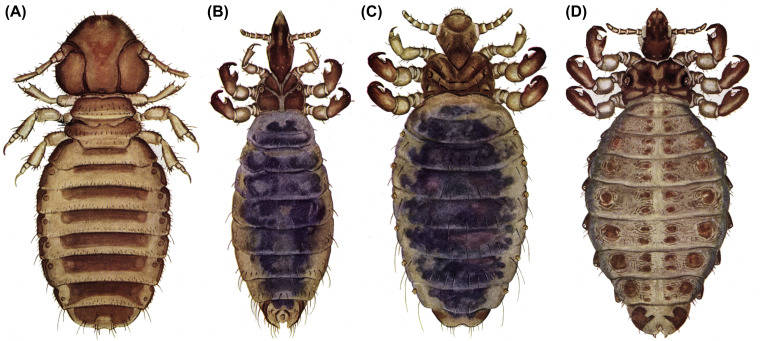Ectoparasite
a. Cattle lice
- Cattle lice are most abundant during the winter. Cattle infested with lice rub along fences in an effort to relieve the irritation. The hair appears dry and dead. There will be bare places on the shoulders, neck, top line and flanks where the hair has been rubbed off. Heavy infestation results in emaciation and anemia. Milk production may decline and young animals may allow up in their development.
- The effected animals should be isolated. Some parasitic dressing should be used when the number of animals to be treated is large dipping is the best method of treatment. Attention should be paid to the proper cleanliness of the animals and premises.

b. Ticks
- There are various species of ticks that affect the livestock. The two species, which are commonly found parasitic, are (1) Boophilus australis (2) Hyalomma oegyptium.
- Ticks cause mechanical irritation with mild to severe inflamation at the site of attachment.
- Damaging the hide, suck blood of their hosts, which become anaemic.
- They inoculate into the host body poisoning saliva, which creates uneasiness, emaciation, and stunted growth.
- The milk yields as well as the working efficiency of heavily infested animals are considerably reduced.
- Sometimes, heavy infestation of ticks cause tick paralysis in sheep.
- Ticks act as intermediate host of many protozoa and transmit the diseases to animals.

Prevention and control
- Dipping, dusting, spraying, etc. are the popular methods of prevention and control. D.D.T., B.H.C. and Toxaphene are used extensively to kill ticks, infested building is sprayed with componds of D.D.T.,B.H.C.etc.